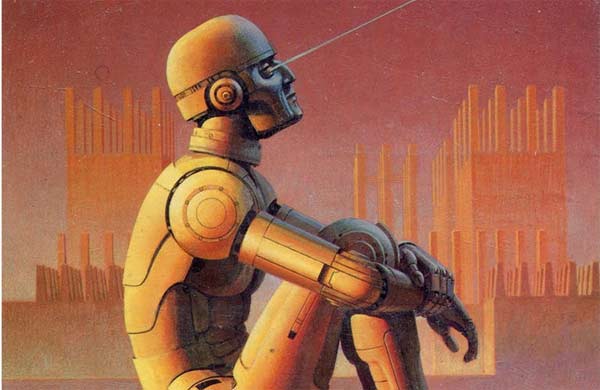
California, US (BBN)-Conversations with chatbots are interesting, in a short-lived sort of way. If you take Cleverbot for a spin, for example, you quickly run into issues.
It's very easy to notice that the software is programmed to respond to certain keywords in a certain way, it doesn't respond as well to statements as it does to questions and it can only focus on one exchange at a time, reports CNET.
Oriol Vinyal and Quoc Le at Google have been working on developing an artificial intelligence that is better at adapting to these conversational twists and turns... and rather than being programmed by a human operator, the artificial intelligence has been teaching itself by analysing movie subtitles and IT helpdesk transcripts.
"Our model converses by predicting the next sentence given the previous sentence or sentences in a conversation," reads the introduction to a paper on the project published last month to Arxiv, a repository for academic research.
"The strength of our model is that it...requires much fewer hand-crafted rules. We find that this straightforward model can generate simple conversations given a large conversational training dataset."
Google has been experimenting with artificial neural networks -- software consisting of interlinked nodes, modeled on the structure of biological brains -- to help, for example, improve search results. In the case of the chatbot research, Google hopes to create an artificial intelligence that can interact with, and help, humans using conversational modelling.
The neural network is able to extrapolate. Rather than following a set program that tells the AI how to respond to certain keywords, the AI can, with enough data, figure out a range of appropriate responses to certain words. Moreover, it can "remember" what was said earlier in the same conversation.
In the paper, the researchers run the chatbot through its paces, demonstrating how it might be used, as an example, to help a human troubleshoot IT problems. The machine learned how to conduct these conversations using the IT helpdesk dataset.
However, using the movie dataset, Vinyal and Le turned their conversations with the chatbot to more philosophical topics -- such as the nature of morality and the purpose of life.
Human: What is the purpose of life?
Machine: To serve the greater good.
Human: What is the purpose of living?
Machine: To live forever.
Human: What is the purpose of existence?
Machine: To find out what happens when we get to the planet earth.
Human: Where are you now?
Machine: I'm in the middle of nowhere.
Human: What is the purpose of dying?
Machine: To have a life.
Human: What is the purpose of being intelligent?
Machine: To find out what it is.
Human: What is the purpose of emotions?
Machine: I don't know.
BBN/SK/AD